World War 2 Soldier Stories VIII:
True Airborne Stories of the US Paratroopers, from D-Day to Operation Market Garden
All Rights Reserved. No part of this publication may be reproduced in any form or by any means, including scanning, photocopying, or otherwise without prior written permission of the copyright holder. Copyright 2014
Table of Contents
Introduction
Thank you for downloading this book, WWII Soldier's Stories VII: Airborne US Paratroopers during WWII.
*They've got us surrounded, the poor bastards. These are the words of a medic in the 101 st Airborne Division during the Siege of Bastogne in December of 1944, but they could just as easily have applied to any number of situations in the war. With few exceptions, the paratroopers of the US Army came out on top. The enemy regarded the paratroops as the US Army's best fighting force, and frequently sent the most elite German units to face them. In Sicily, they faced the crack Hermann Goring Division, and in France, Belgium and Germany, the elite German parachute divisions or Fallschirmjger and the dreaded Waffen-SS. Today, seventy odd years after the end of the war, surviving members of the US airborne units in Europe tell the story with blunt honesty: in much of the fighting, especially between the Airborne and the SS, there was little quarter asked, and little quarter given.*
In 2001, Steven Spielberg, Tom Hanks, and HBO broadcast the mini-series Band of Brothers, from the book of the same name by author Stephen Ambrose. This renewed interest in the paratroops of WWII. The men of Easy Company, 506 th Parachute Infantry Regiment of the 101 st Airborne were (and would be) the first to say that they were but one unit of many in the three US Airborne divisions of the Second World War. They would say that their feats in battle were equal or more than equal by other units in their division and in the others. The British Airborne divisions (the 1 st and the 6 th ) played a significant role in the war, and did it with equal valor.
For many of you reading this short and introductory e-book, the tales of E Company, 506 th PIR and of the 101 st will be quite familiar. While we aim to include an episode from their illustrious history, for this volume, we are going to concentrate on other stories, perhaps not so well known to those of you just becoming familiar with the history of the Second World War.
We hope that this small volume will lead you to further and more in depth study of this fascinating topic and these brave men.
Please feel free to share this book with your friends and family. Please also take the time to write a short review on Amazon to share your thoughts.
Chapter 1: Origins
During WWI, a number of different men (one being Winston Churchill) put forward the idea of dropping men from parachutes behind enemy lines. This was an example of an idea being beyond the capability of the technology of the time in somewhat of the same way as men dreamed of sending a rocket to the moon, before there were rockets.
The planes of WWI, even the largest bombers and observation planes, were not large enough to carry a sufficient number of men into battle. The idea of dropping men from the skies behind enemy lines also suffered from another problem frequently the gains made by the troops on the front lines of WWI were measured in yards, not miles, and any force behind enemy lines would likely be annihilated before relief could get to them, if at all. Finally, parachute technology was in its infancy and not very practical.
It was not until after WWI that a number of countries began to develop practical parachute forces. These nations were: the Soviet Union, Germany, the United Kingdom, the United States, and Argentina (yes, you read that correctly Argentina developed airborne forces contemporaneously with the other countries in the 1920's, '30's and early 1940's.)
The first large scale airborne drop of airborne soldiers was performed by the Italians in 1927 and subsequently two Italian airborne units were formed. A few years later, in the mid-1930's the Soviet Union began developing parachute units and experimented with the idea of dropping light tanks and other vehicles as well. Germany followed shortly thereafter, and the first German paratroop units were formed in 1936. Both the British and the Americans experimented with parachute units in the late 1930's and after the success of the German paratroops in Belgium and Holland in 1940, accelerated their respective programs. Below you will see photographs from the early days of paratroops.
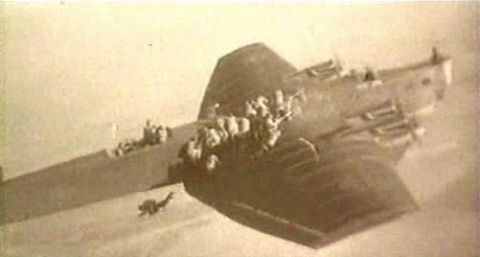 Soviet Paratroops drop off the wing of a TB-3 transport in the 1930's. Most early airborne drops were performed in this manner
Soviet Paratroops drop off the wing of a TB-3 transport in the 1930's. Most early airborne drops were performed in this manner
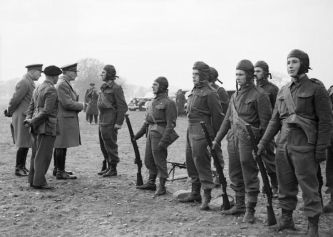 First British paratroopers, December 1940
First British paratroopers, December 1940
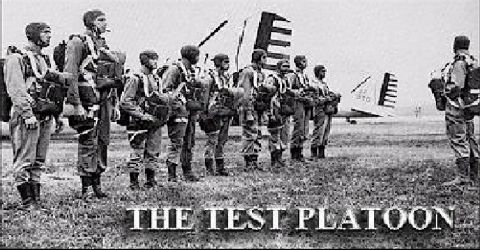 First American paratroop volunteers, 1940
First American paratroop volunteers, 1940
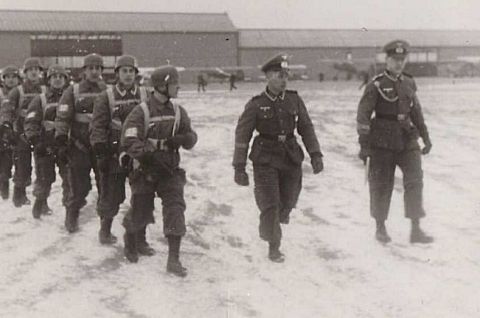 German paratroopers prepare for training jump, 1940
German paratroopers prepare for training jump, 1940
The first nation to use airborne (paratroops and glider-borne troopers) was Germany. During the invasions of Denmark and Norway in April 1940, small units of German airborne descended on key bridges and airfields in those countries. A month later, during the Battle of France, German commandos from the Brandenburg regiments landed in small planes behind the lines to secure crossing points for the main body of German troops in the advancing 10 th Panzer Division. More was to come.
The most famous and influential airborne attacks of war prior to the entry of the Americans in 1942 were German. For all intents and purposes, the United States did not have troops in the European Theater of Operations until long after Pearl Harbor, and the first US airborne troops did not see combat until late 1942 in a small landing in North Africa. At Fort Eben Emael in Belgium on May 10 th 1940, German glider-borne troops landed on top of and around the massive Belgian fort with its large and dangerous guns, putting them and the men inside out of commission within hours with satchel charges, flamethrowers and specially designed shaped charges (shaped charges are used to penetrate armor and concrete).
Pitched and desperate battles took place between the Dutch Army and the Fallschirmjger when Germany invaded that country on the same day as Belgium and France. Many Fallschirmjger were taken prisoner, but with a few short hours, German paratroops had control of many of the key bridges and highway junctions in the country.
The Fallschirmjger fought valiantly until the end of the war, but were not used as paratroopers again (except in a couple of small raids) after 1941. Against superior numbers, the Fallschirmjger took the island of Crete from British, Imperial and Greek forces in May/June 1941.Though successful and hailed as great heroes by Hitler and the German people, the Fallschirmjger were never to be used as paratroops again, in Hitler's opinion the losses on Crete were too high for these elite troops. Many Fallschirmjger champed at the bit for the rest of the war for the opportunity to drop from the skies once more, but it was not to be.
Soviet airborne forces made a number of small drops during the first days of the German invasion of the USSR, but these forces were rapidly defeated. Dropping into areas overrun with massive numbers of German troops, with no hope whatever of relief, these airborne units were virtually annihilated. During the war, a significant number of Soviet airborne units were trained, but nearly all of them saw combat solely as infantry divisions most of them being renamed elite Guards divisions instead.
Next page







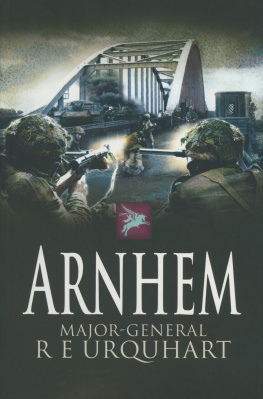
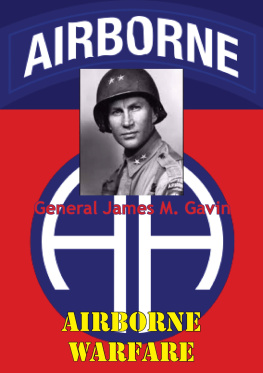
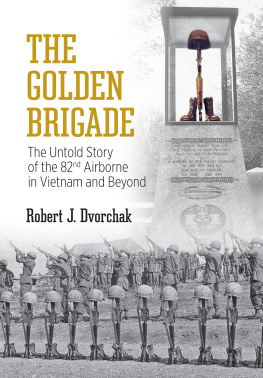
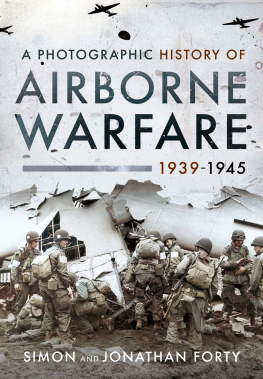
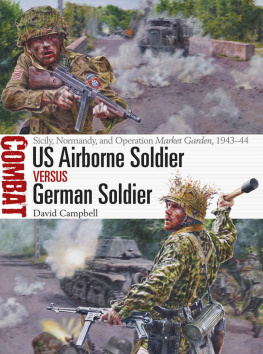




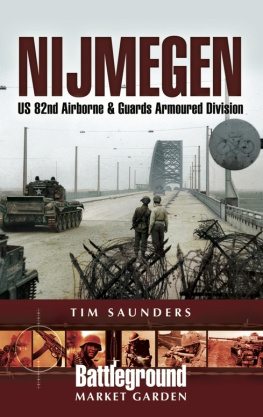
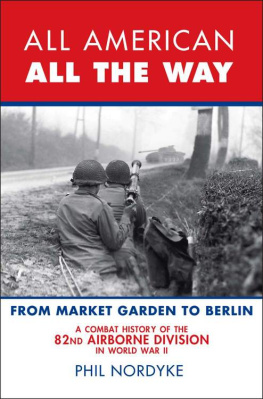

 Soviet Paratroops drop off the wing of a TB-3 transport in the 1930's. Most early airborne drops were performed in this manner
Soviet Paratroops drop off the wing of a TB-3 transport in the 1930's. Most early airborne drops were performed in this manner First British paratroopers, December 1940
First British paratroopers, December 1940 First American paratroop volunteers, 1940
First American paratroop volunteers, 1940 German paratroopers prepare for training jump, 1940
German paratroopers prepare for training jump, 1940